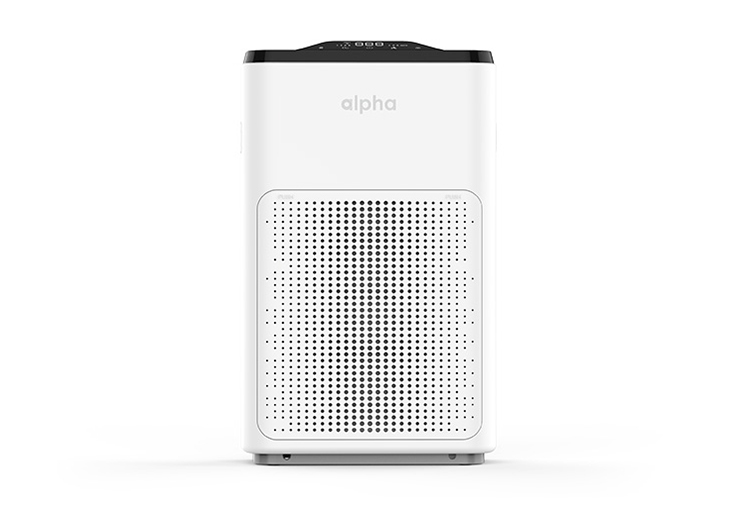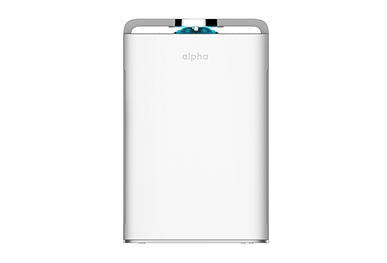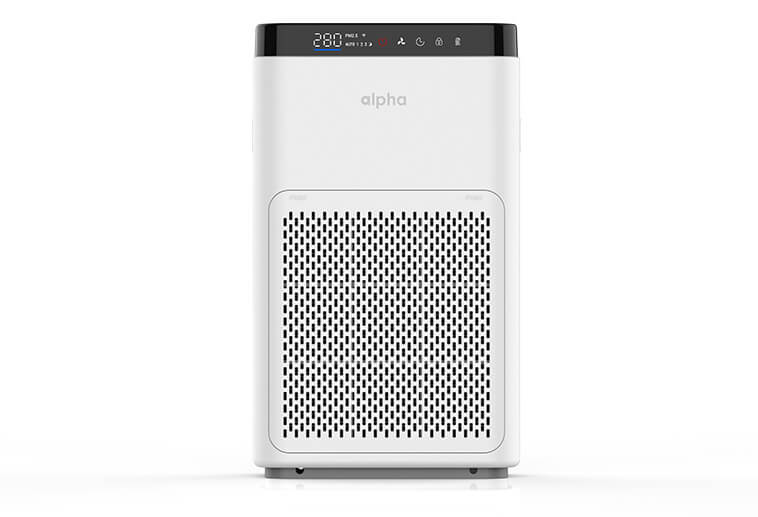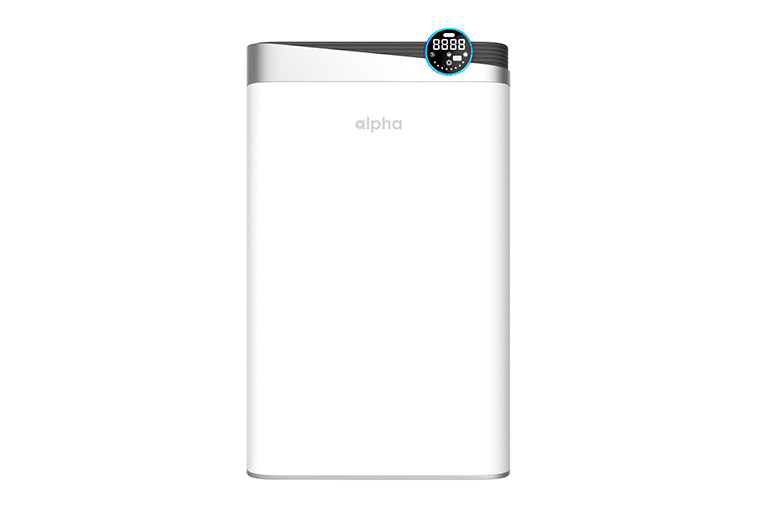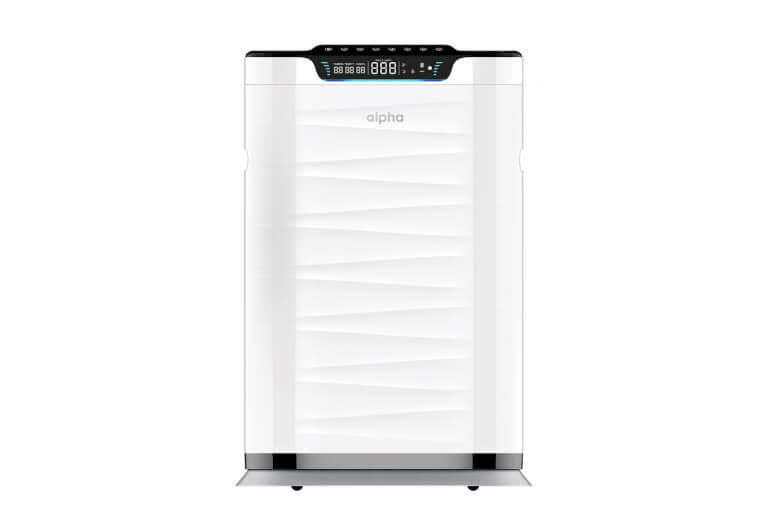Alpha Air Purifiers
Clean air can be a matter of a choice -
air purification expters lead you to a happier and healthier life

Although we often hear about the level of air pollution and its harmful effect on general health, we forget that particles that pollute the air are also present in our home, where we need to feel carefree and relaxed.
Despite frequent ventilation and disinfection of all surfaces in the home, air pollutants are still present, as well as widespread allergens, mites and microbes that disrupt not only the quality of the air we breathe, but also the overall quality of life of us and our loved ones.
What does polluted air mean and what are the most common pollutants?
According to the general definition, air pollution implies the presence of various particles, biological material and chemicals that harm the environment, human health and all living beings. Air pollution occurs due to disturbances in the composition of the air-changes in the concentration of its basic components. This usually happens by releasing dust particles, gases and microscopic soot particles into the atmosphere. Although part of the air pollution occurs naturally, the largest percentage of pollutants comes from human activities – traffic, industry and from home fireplaces as a result of heating by burning wood, coal, oil or gas, and even the use of household appliances.
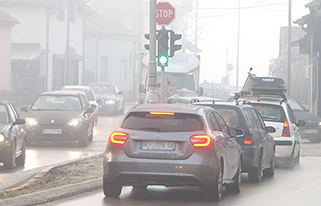
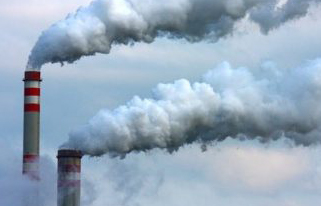
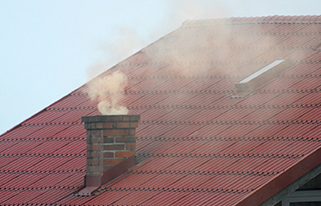
Some of the most common pollutants are the most dangerous to our health. In addittion to mites, viruses, bacteria and allergens, PM2.5, TVOC, and formaldehyde are often present in indoor air.
Learn more about PM.2.5, TVOC and formaldehyde that pollute indoor air.
PM2.5 means atmospheric particles with a diameter of less than 2.5 micrometers
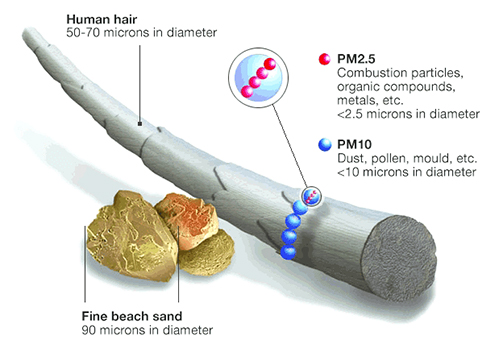
If you’ve been wondering what a particle of this size looks like, imagine a particle as much as 33 times smaller in diameter than one hair. PM2.5 are particles that can only be seen under a microscope, and their most common sources are power plants, motor vehicles, airplanes, home fireplaces, fires and volcanic eruptions.
These particles are dangerous because due to their extremely low weight, they stay in the air much longer than heavier particles, which increases the possibility of people and their pets inhaling them, and their size allows them to reach the lungs and circulate through our body.
In addition to being associated with an increased risk of premature death due to heart and lung disease, PM2.5 particles have been shown to worsen chronic conditions such as asthma, heart attack, bronchitis and other respiratory diseases.
TVOC is a collective name for total volatile organic compounds

Although there is no generally accepted and defined standard in the scientific community for the exact combination of chemicals found in TVOC, it is clear that these particles carry a number of health risks, including irritation of the nose, eyes and throat, headaches, nausea, liver, kidney and central nervous system damage. Air pollution with these particles is also manifested in symptoms such as dispnea, allergic skin reaction and increased fatigue
Formadahyde is a colorless toxic gas with a strong odor, soluble in water
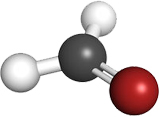
It is an extremely common indoor air pollutant, which is why the air quality in your home can be significantly worse than the air quality outside, even in large industrial zones. It can most often be found in disinfectants and chemical agents used in agriculture, but also in adhesives used in the production of furniture and carpentry.
Traces of this gas are also present in oils, shampoos, toothpaste, tobacco, wallpaper and car interiors. The greatest danger that the existence of formaldehyde indoors carries is that it can evaporate from the surfaces for years, even though the smell has disappeared long since. Formaldehyde fumes have a very detrimental effect on the health of the heart and respiratory system, and can also lead to serious skin problems.

